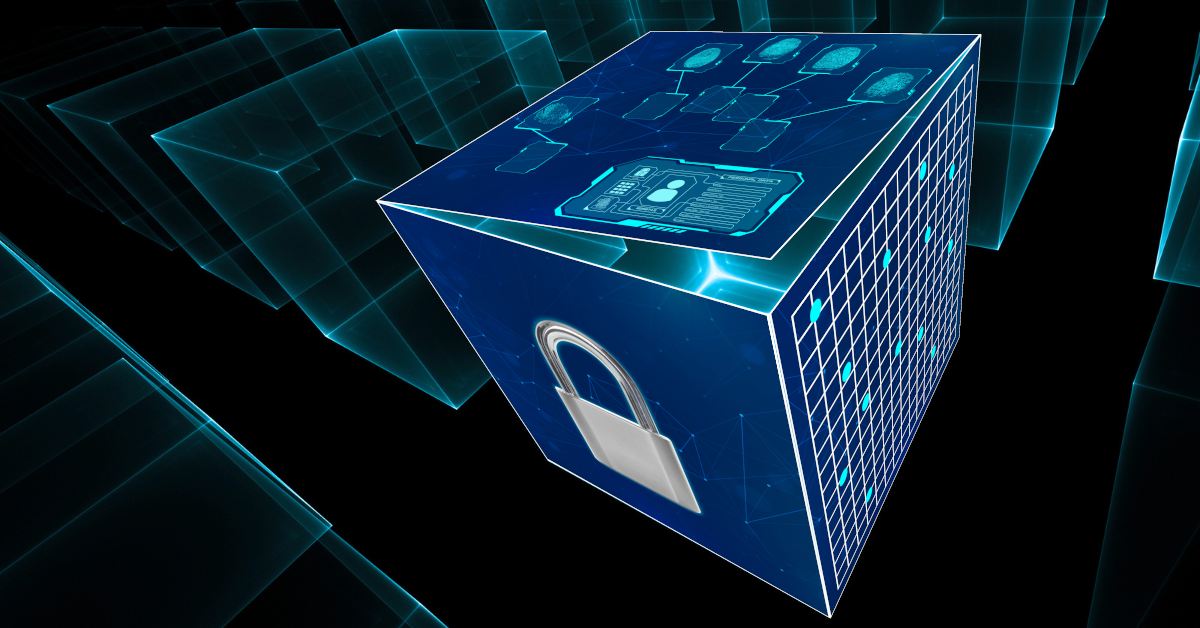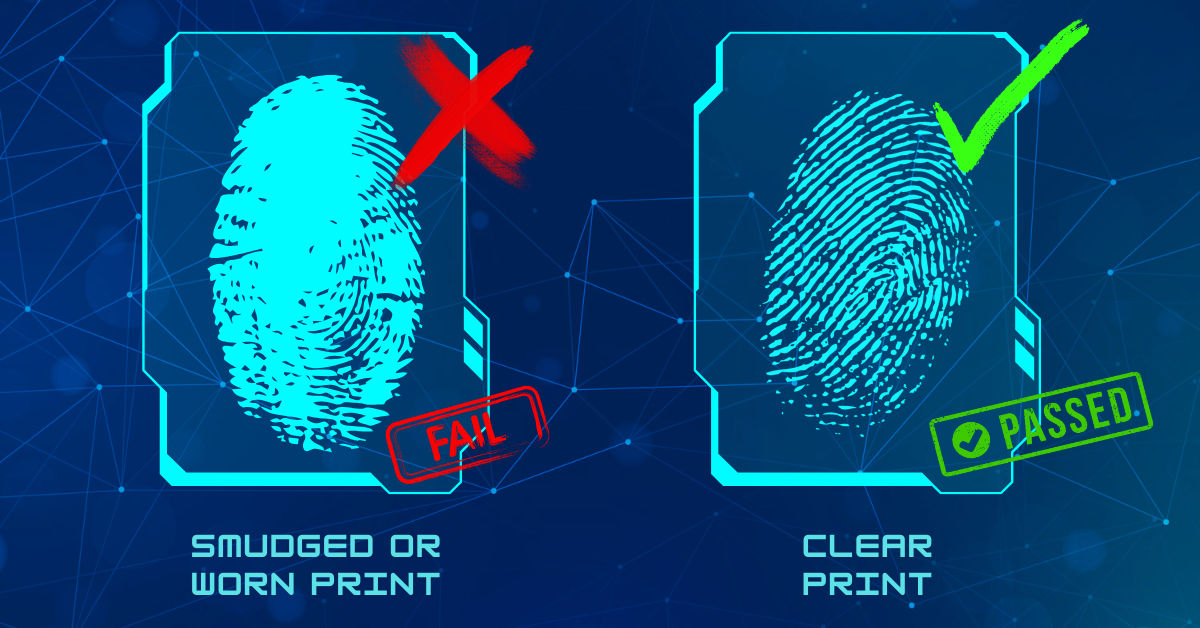Categories
Biometric technologies are reshaping security, providing effortless identity verification through unique traits like fingerprints, voice patterns, or iris scans. Central to these systems is the biometric template—a processed digital representation of an individual’s characteristics. But what exactly is a biometric template, and how is it created and stored to safeguard user privacy?
This article explores the technical processes, storage methods, and privacy measures that make biometric templates both effective and secure, ensuring trust in an increasingly digital landscape.

A biometric template is a condensed digital format of an individual’s distinct biometric features, such as facial landmarks, fingerprint ridges, or voice frequencies. Unlike raw biometric data, which includes full images or recordings, a biometric template is a streamlined dataset optimized for authentication, retaining only the critical information needed for matching.
Biometric templates facilitate fast and reliable identity verification by comparing stored data with new biometric inputs during authentication.
Common biometric template types include fingerprint minutiae patterns, facial geometry metrics, iris codes, and voiceprint signatures.
Biometric templates are engineered as one-way constructs, ensuring the original raw biometric data cannot be reverse-engineered, enhancing privacy and security.
This conversion from raw data to a biometric template is vital for reducing storage demands and mitigating risks associated with data exposure.
Generating a biometric template involves a multi-step process to ensure precision and security, transforming raw biometric inputs into a usable format for authentication.
A biometric sensor—such as an iris scanner, facial recognition camera, or voice recorder—collects raw data. The quality of the capture, influenced by factors like sensor accuracy or environmental conditions (e.g., lighting or background noise), directly affects the template’s reliability.
Advanced algorithms process the raw data to pinpoint unique characteristics, such as the loops and whorls in a fingerprint or the spatial relationships between facial features.
Extracted features are encoded into a compact mathematical structure, typically a binary or numerical sequence, forming the biometric template.
The system assesses the biometric template’s quality to confirm it meets standards for accuracy and consistency, ensuring dependable future authentications.
After creation, biometric templates must be stored securely to prevent unauthorized access or data breaches. Various storage approaches balance accessibility, scalability, and privacy.
Storing biometric templates on a user’s device, such as a smartphone or access card, is prevalent in consumer applications.
Large-scale systems, such as those used by governments or enterprises, often store biometric templates in centralized databases.

Cloud storage provides a flexible solution, combining scalability with remote accessibility.
Given the personal nature of biometric data, privacy is a critical concern in biometric template management. Multiple strategies are employed to protect user information.
Biometric templates are typically encrypted or hashed prior to storage, rendering them unreadable without the appropriate decryption key, thus preventing unauthorized access.
Innovative methods enhance biometric template security:
Organizations handling biometric templates must comply with privacy laws, such as the General Data Protection Regulation (GDPR) in Europe or the California Consumer Privacy Act (CCPA), which enforce strict guidelines on data collection, storage, and user consent.
Despite advanced protections, biometric template management faces several obstacles:
Centralized storage systems remain vulnerable to large-scale breaches, potentially exposing vast numbers of biometric templates.
Attackers may attempt to forge biometric inputs, necessitating ongoing development of anti-spoofing technologies like liveness detection.
Proprietary biometric template formats can hinder cross-system compatibility, complicating data sharing.
Privacy concerns and high-profile breaches fuel public hesitation, slowing biometric adoption.
The biometric template ecosystem is evolving, driven by technological advancements and heightened privacy expectations.
Integrating multiple traits (e.g., voice and facial recognition) to create more secure and accurate biometric templates.
Technologies like blockchain enable distributed biometric template storage, reducing reliance on vulnerable centralized systems.
Artificial intelligence improves feature extraction and matching precision, minimizing errors in biometric template creation.
Methods like federated learning allow systems to refine algorithms without storing raw biometric data, bolstering privacy.
Biometric templates are the foundation of modern authentication, powering secure and convenient identity verification across industries. Through meticulous creation processes, secure storage methods, and robust privacy safeguards, organizations can leverage biometric templates while protecting user data. From encryption to cutting-edge protection techniques, the emphasis on security addresses challenges and fosters trust. As innovations like multi-modal biometrics and decentralized storage emerge, the future of biometric template management promises enhanced functionality and privacy, ensuring these systems remain a cornerstone of secure digital interactions.